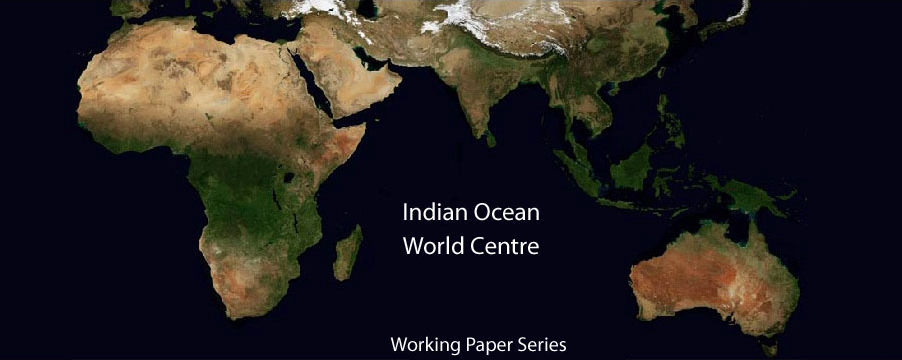
Current Issue
Vol. 22 (2025): Caste, Climate, Conversion: Pariah Labour and Mobility in Late-Eighteenth- and Nineteenth-Century Colonial Madras
This paper analyses the intertwined nature of caste and bondage in Madras and changes therein that emerged with the consolidation of Company rule in the region. The emergence of colonial rule brought about changes in land tenure, which critically altered local social dynamics based on caste and servile labour in the hinterlands of Madras, severely restricting the social and physical mobility of lower-caste pariah labour. At the same time, the introduction of abolitionist rhetoric in nineteenth-century public discourse saw the colonial state denying the existence of lower-caste servitude for much of the nineteenth century. However, late-nineteenth-century missionary interventions and some official outrage forced a revision of how the colonial state viewed the condition of pariah labour. Meanwhile, the eighteenth century was a period of major climatic fluctuations which exacerbated the social and economic hardships of the pariah in a regime where mobility was restricted. This paper thus studies the social, political, and legal discourse on agrestic servitude in late-eighteenth and nineteenth-century Madras and reads it alongside changes in climate and other natural factors.
Published: 2025-04-01